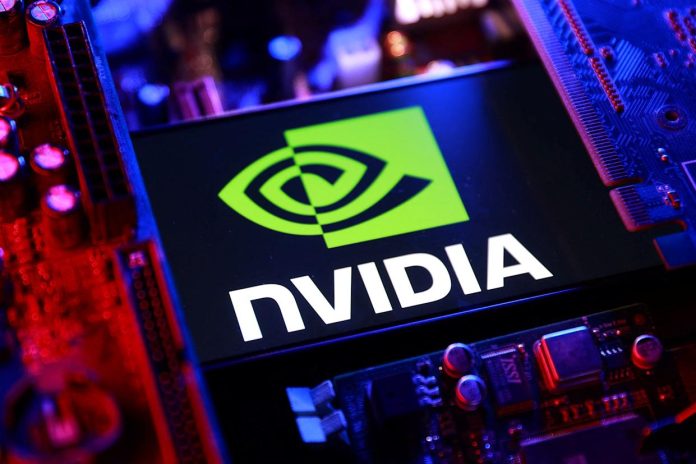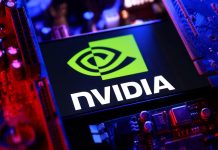Imagine a world where training the cutting-edge AI model that replaces ChatGPT feels as easy as launching a smartphone app. Where the backbone infrastructure such as massive data centers, power supply, cooling, and networking is no longer the bottleneck. Nvidia and OpenAI just made a move that pushes the world closer to that future.
What Happened
- Nvidia has announced a partnership with OpenAI that involves investing up to $100 billion in OpenAI, tied to the deployment of AI infrastructure. ([OpenAI][1])
- As part of the deal, OpenAI will build and deploy at least 10 gigawatts of Nvidia AI systems (i.e. data center computing power), beginning with the first gigawatt in the second half of 2026 using Nvidia’s Vera Rubin platform. ([TechCrunch][2])
- Nvidia will supply the hardware (GPUs, systems) and invest in OpenAI via a progressive model, releasing funds as infrastructure is deployed. ([OpenAI][1])
Why This Matters
Here are the key implications for AI infrastructure, startups, competition, and what this means going forward:
- Massive Scaling of Compute Capacity
To support next-gen AI models, you need massive GPU farms, cooling, power, and networking. 10 gigawatts is a huge scale. This will significantly increase the global supply of cutting-edge AI compute resources. ([NVIDIA Newsroom][3]) - Nvidia Cementing Its Infrastructure Dominance
By investing in OpenAI and providing the hardware, Nvidia becomes even more central to the AI ecosystem. It’s not just a chip vendor anymore; it’s a partner shaping how AI systems are built. ([TechCrunch][2]) - Acceleration of Innovation and Model Complexity
More compute means more experiments, more powerful model sizes, and possibly faster progress toward more capable or even “frontier” AI systems. The infrastructure bottleneck is loosened. ([NVIDIA Newsroom][3]) - Huge Infrastructure and Energy Demands
Deploying 10 gigawatts means big challenges in power supply, cooling, data center location, and operational costs. It’s not enough to just build the hardware. You need sustainable, reliable infrastructure including electricity and heat management. ([Ars Technica][4]) - Effects on Competition
Other AI players will feel pressure. Those who can’t scale compute as efficiently or affordably may lag behind. We might see more partnerships, chip development, and attempts to build alternative architectures or local/regional data centers. ([Tom’s Hardware][5]) - Potential Risks & Regulatory Scrutiny
Because of the size of the investment and Nvidia’s growing influence, there are concerns about antitrust, supply constraints (GPUs, chips), dependence, and ensuring fair access. Also, deploying such large data center infrastructure may face environmental, zoning, and power regulatory issues. ([Reuters][6])
What It Means for Startups & Businesses
- Better access to compute (eventually): As Nvidia scales up, the cost of compute may gradually drop. More supply might ease cloud computing prices or make more affordable infrastructure available for smaller AI companies.
- Need for infrastructure strategy: Companies and startups building AI-first products will need to plan for scale, including where they host, how they manage cost for inference and training, and how to optimize GPU use.
- Opportunity to innovate around efficiency: With more compute available but high energy and operational costs, there will be demand for software or hardware that can reduce waste such as better cooling and more efficient models.
- Regional or localized infrastructure growth: Regions or countries that can build data centers with reliable power and strong networking will benefit. There may be incentive for governments to support such infrastructure.
Challenges & Things to Watch
- Cost & Time Delays: Building and deploying that scale of infrastructure takes years, huge investment, and navigating power, cooling, and network constraints. The first gigawatt is only expected in late 2026. ([NVIDIA Newsroom][3])
- Environmental Impact & Sustainability: Data centers consume vast amounts of power. Renewable energy or energy-efficient designs will be more than a bonus. They will be necessary to avoid backlash.
- Supply Chain Risks: GPU shortages, chip fabrication constraints, delay in manufacturing, and shipping bottlenecks can all slow this down.
- Regulatory & Geopolitical Risks: Countries concerned about AI safety, power usage, and data sovereignty may impose rules that affect where and how data centers are built or how data is processed.
Possible Future Scenarios
- OpenAI & Nvidia deploy 10GW, and we see a steep drop in compute costs for AI startups and enterprises.
- Other players such as Google, Amazon, AMD, and new chipmakers respond with competing investments, pushing innovation and possibly leading to new architectures like TPUs, custom ASICs, or alternative chips.
- Increased focus on energy efficiency and cooling technology with new solutions to manage heat and reduce carbon footprint.
- More regulation around AI infrastructure, especially in relation to energy, data privacy, and monopolistic control.
Final Thought
This partnership isn’t just another tech deal. It’s a significant signal: the AI future will be built on infrastructure power. Those who anticipate what’s needed around compute, power, efficiency, regulation, and sustainability will likely lead. For the rest, catching up will be harder.














